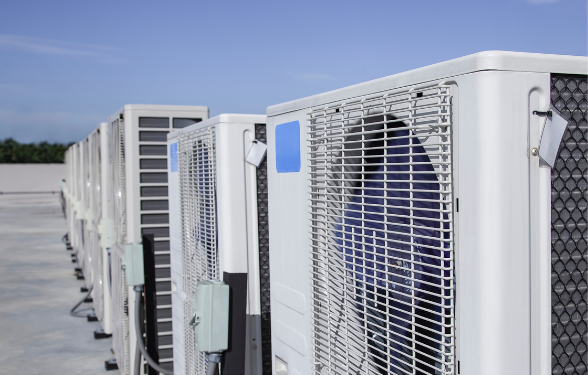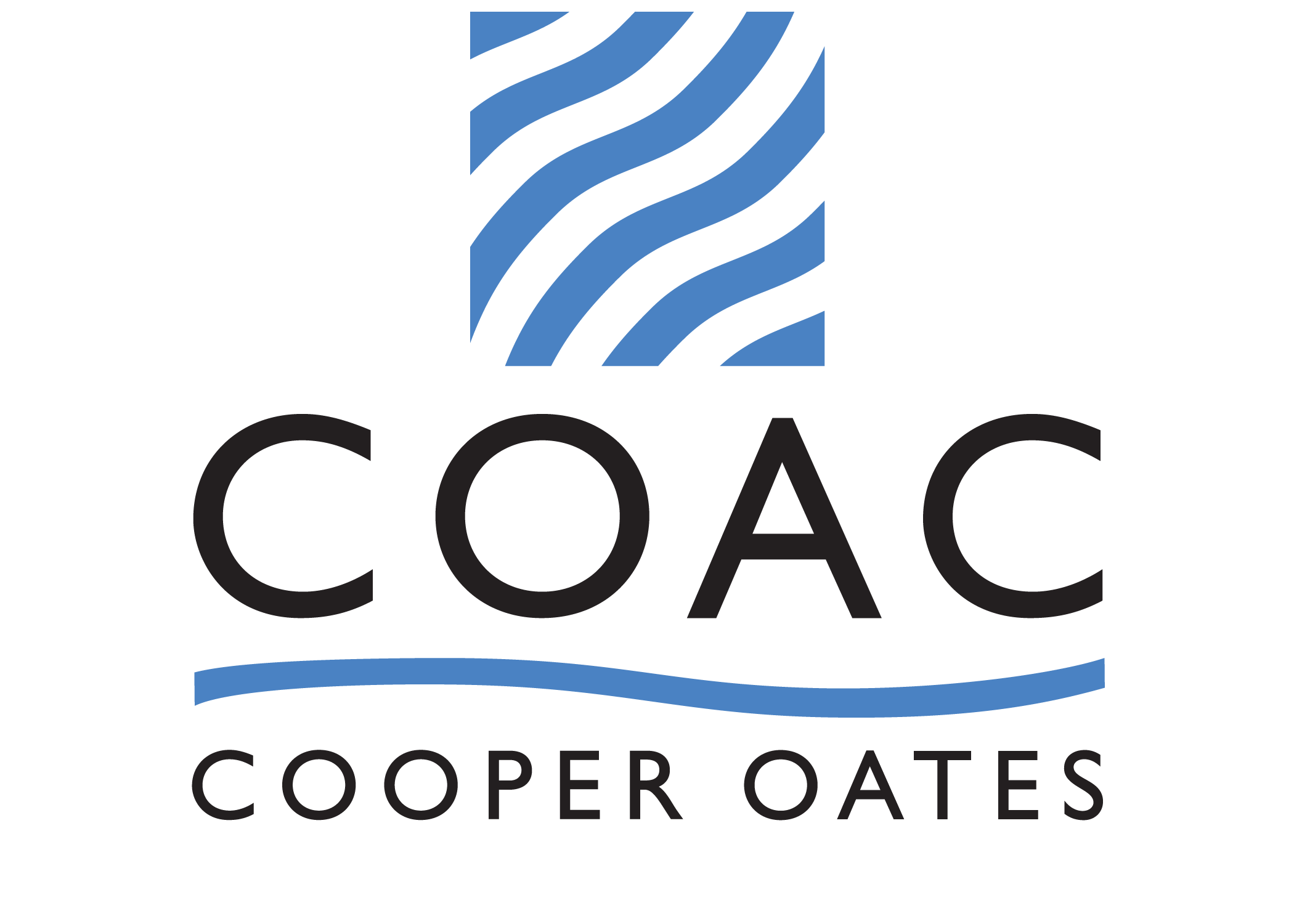Refrigerant Update 3: Upcoming 2026 Regulations You Should Know About
The HVAC/R industry is currently going through one of the biggest changes in the past decade- and compliance is no longer optional. The regulatory shift brings questions for contractors, building owners and suppliers alike regarding future costs, installation procedures, and availability for the newly adopted refrigerants. While there’s still uncertainty ahead, Cooper Oates has made it a goal to keep Sacramento business owners informed and empowered to make decisions about their facility’s mechanical systems.
Refrigerant Update 1 & 2
In our previous two updates on the phaseout of high Global Warming Potential (GWP) refrigerants (update 1, update 2), we discussed which refrigerants are being phased out, which new alternatives are being proposed, and how commercial HVAC manufacturers and distributors have been responding to these changes. The current increase in regulation for affected refrigerants such as R-410A, R-134A began in 2020, when the EPA was given authority by Congress to regulate and restrict all chemicals that have GWP regarding specific industry sectors.
Upcoming 2026 Regulations
2026 is quickly approaching, which means new regulations are about to take effect in January. These regulations will affect any stationary system containing 15lbs or more of an HFC (hydrofluorocarbon) refrigerant (or other refrigerant with GWP over 53). This covers units 4 tons and above.
Rules coming into effect January 1st, 2026 include:
VRF Installation Deadlines
In December of 2024, the EPA extended the deadline for installing high-GWP HFC Variable Refrigerant Flow (VRF) equipment from January 1st 2026, to now January 1st 2027 due to industry concerns. This only applies to equipment manufactured or imported prior to 2026, however.
This rule also allows an extension in installation until January 1st, 2028, for construction projects that were approved prior to October 5th, 2023, allowing for slightly greater flexibility for contractors and minimizes the risk of stranded equipment.
Automatic Leak Detection (ALD)
New commercial and industrial systems with a charge of 1,500 pounds or more of hydrofluorocarbons (HFC) or HFC substitute must include automatic leak detection (ALD) systems. (Must be compliant within 30 days of appliance installation).
While large systems (>1,500 lbs refrigerant) require ALD by law, smaller systems benefit from early detection to avoid fines and downtime.
For smaller systems, although it may not be required to have ALD, there are significant benefits such as cost savings and environmental impact. Even minor leaks can cost $300–$800 in refrigerant alone, and can reduce efficiency by up to 20%. Early leak detection can prevent the release of high-GWP refrigerants like R-410A and A2L blends which are harmful to the environment- a great reason to stay ahead of the curve with automatic leak detection.
Leak Repair Requirements
Whenever refrigerant is added to a system (except immediately after a retrofit, new installation, or seasonal variance), the leak rate must be calculated by either annualizing or by a rolling average. If the leak rate meets any of the trigger thresholds below, the facility must take action to repair the leak (within 30 days, or 120 days if an industrial process shutdown is required), followed by follow-up verification tests after the leak is repaired to ensure the repair was successful. Periodic leak inspections will be required until the leak rate no longer exceeds the threshold.
Leak Rate Thresholds:
- 20% for commercial refrigeration
- 30% for industrial process refrigeration (IPR)
- 10% for comfort cooling, refrigerated transport, and other covered appliances
- (all only if the full charge is ≥ 15 lb)
Reclaimed Refrigerant
Effective January of 2026, reclaimed HFC refrigerants cannot contain over 15% virgin (unused) HFCs by weight. This guideline encourages the use of recycled materials by lowering the amount of virgin HFC refrigerants that can be used in reclaimed products.
Reporting & Recordkeeping
In addition, new guidelines will come into effect regarding recordkeeping and reporting such as: leak repair logs to show when leaks were detected, when repairs brought leaks back under threshold levels, records of automatic leak detection system installations, and purchases, usage and proof virgin refrigerant contents for facilities that use reclaimed refrigerants. Regulations on proper recycling and disposal of HFC refrigerants will soon be in effect as well.
Cooper Oates: Your Partner in Commercial HVAC & Refrigeration
Cooper Oates is here to navigate this transition in the world of HVAC/R with you. Our team of experts are involved in continuous training and education to learn about latest updates regarding the refrigerant transition, and how we can support our customers during this time of change.
Our team is eager to with any of your concerns regarding your project, equipment, or staying compliant. Give us a call at 916-381-4611 if you are in need of assistance- and stay tuned for our next update.
Additional resources:
https://www.epa.gov/system/files/documents/2024-09/err-fact-sheet.pdf
https://yorkeengr.com/regulatory-updates/new-epa-refrigerant-regulations
https://natlawreview.com/article/epa-finalizes-hfc-emissions-reduction-and-reclamation-program?
https://www.epa.gov/climate-hfcs-reduction/regulatory-actions-technology-transitions?
